The incline dumbbell press is a free weight exercise that specifically targets the upper chest, shoulders, and triceps. By performing this exercise on an incline bench, you shift the focus to the upper portion of the pectoral muscles, which helps in achieving more defined and developed upper-chest muscles. Unlike the flat bench press, the incline press emphasizes the clavicular head of the pectorals, leading to significant hypertrophy in the upper chest. This exercise is typically part of a well-rounded, intermediate strength training routine, especially on upper body or chest day.
Benefits of the Incline Dumbbell Press
The incline dumbbell press offers several advantages, making it an excellent addition to your workout routine:
- Upper Chest Development: The incline angle (typically 30-45 degrees) shifts the focus to the upper chest (clavicular head of the pectoralis major), which is often underdeveloped compared to the lower chest.
- Improved Shoulder Strength: This exercise also engages the anterior deltoids, helping to build strong and stable shoulders.
- Enhanced Muscle Symmetry: Using dumbbells allows each side of your body to work independently, promoting balanced muscle development and reducing the risk of imbalances.
- Greater Range of Motion: Dumbbells offer a greater range of motion compared to a barbell, leading to better muscle activation.
- Core Stability: As with many free weight exercises, the incline dumbbell press engages the core muscles to maintain stability during the movement.
Step-by-Step Technique for Incline Dumbbell Press
Performing the incline dumbbell press with proper form is crucial to maximizing its benefits and minimizing the risk of injury. Follow these detailed steps to execute the exercise correctly:
-
Setup:
- Bench Position: Adjust the bench to an incline angle between 30 and 45 degrees. The higher the incline, the more the exercise will target the shoulders rather than the upper chest.
- Dumbbells: Select a pair of dumbbells that you can lift with control for the desired number of repetitions.
-
Starting Position:
- Sit on the Bench: Sit down on the bench and rest the dumbbells on your thighs. Keep your feet flat on the floor for stability.
- Lie Back: Lie back on the bench, simultaneously lifting the dumbbells to shoulder height. Your arms should be bent at about a 90-degree angle with your palms facing forward.
- Position Dumbbells: The dumbbells should be just above your chest, with your elbows slightly below shoulder level.
-
Execution:
- Press Up: Push the dumbbells upwards in a controlled motion while exhaling. Your arms should extend fully, but avoid locking your elbows at the top of the movement.
- Arc Movement: The dumbbells should follow a slight arc as they move closer together at the top, almost touching above your chest.
- Squeeze at the Top: Briefly pause and squeeze your chest muscles at the top of the movement for maximum contraction.
-
Lowering the Weight:
- Controlled Descent: Slowly lower the dumbbells back to the starting position, inhaling as you do. Ensure you maintain control throughout the descent to keep tension on the muscles.
- Elbow Position: Keep your elbows slightly tucked in, rather than flaring out, to protect your shoulder joints.
-
Repetitions and Sets:
- Reps: Perform 8-12 repetitions for muscle hypertrophy, 4-6 reps for strength, or 15-20 reps for endurance.
- Sets: Aim for 3-4 sets, depending on your training goals.
-
Ending the Set:
- Safely Lower Dumbbells: Once you’ve completed your set, carefully lower the dumbbells to your thighs before sitting up to avoid straining your shoulders or back.
Common Mistakes to Avoid
Even experienced lifters can make errors that reduce the effectiveness of the incline dumbbell press or lead to injury. Here are some common mistakes and how to avoid them:
- Setting the Bench Too High: An incline greater than 45 degrees shifts too much focus onto the shoulders, reducing the emphasis on the upper chest. Stick to an incline between 30 and 45 degrees.
- Arching the Lower Back: Keep your back firmly pressed against the bench. Excessive arching can place undue stress on your lower back and detract from proper form.
- Flaring Elbows Out: Keep your elbows slightly tucked in (around 45 degrees) to reduce stress on the shoulder joints and maintain proper chest engagement.
- Using Too Much Weight: Avoid selecting weights that are too heavy, as this can compromise your form and increase the risk of injury. Choose a weight that allows you to perform each rep with control.
- Rushing the Movement: Focus on a controlled tempo, particularly during the lowering phase. Rushing through the reps reduces muscle tension and effectiveness.
Variations of the Incline Dumbbell Press
To add variety to your workouts and target different aspects of the chest, consider incorporating these variations of the incline dumbbell press:
-
Single-Arm Incline Dumbbell Press:
- Perform the press with one arm at a time, which challenges your core and stabilizer muscles even more. This variation can help address any imbalances between the left and right sides.
-
Incline Barbell Press:
- Instead of dumbbells, use a barbell to perform the incline press. This variation allows you to lift heavier weights and build overall pressing strength, although it offers less range of motion compared to dumbbells.
-
Alternating Incline Dumbbell Press:
- Alternate pressing each dumbbell while keeping the other stationary. This variation adds an element of unilateral training, enhancing muscle coordination and stability.
-
Neutral Grip Incline Dumbbell Press:
- Hold the dumbbells with your palms facing each other (neutral grip) throughout the movement. This variation can reduce strain on the shoulders and increase activation of the triceps.
-
Incline Dumbbell Flyes:
- Perform flyes instead of presses to emphasize the stretching and contraction of the chest muscles. This variation complements the incline dumbbell press and helps improve muscle flexibility and definition.
Incorporating Incline Dumbbell Press into Your Routine
The incline dumbbell press can be incorporated into your upper body workout routine in several ways:
- Chest Day: Include the incline dumbbell press as a primary exercise on chest day, following or preceding flat bench presses to target the upper chest.
- Push Day: On a push day (chest, shoulders, triceps), use the incline dumbbell press as one of your compound lifts to build overall upper body strength.
- Superset: Pair the incline dumbbell press with an isolation exercise like incline dumbbell flyes or cable crossovers for a superset that maximizes muscle fatigue and growth.
Final Thoughts
The incline dumbbell press is a versatile and effective exercise for anyone looking to build a well-rounded chest and improve upper body strength. By mastering the correct technique and incorporating variations, you can target different parts of your chest and enhance your overall physique. Remember to prioritize form over weight, progress gradually, and integrate this exercise into a balanced workout routine for the best results.

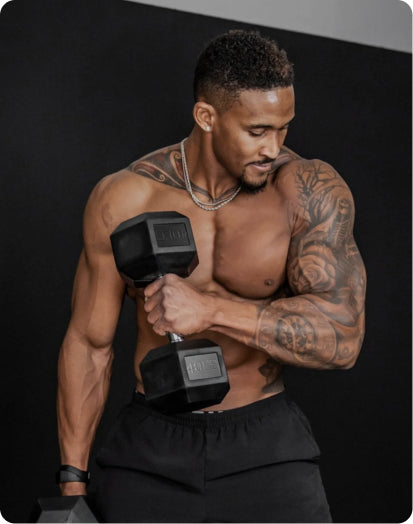
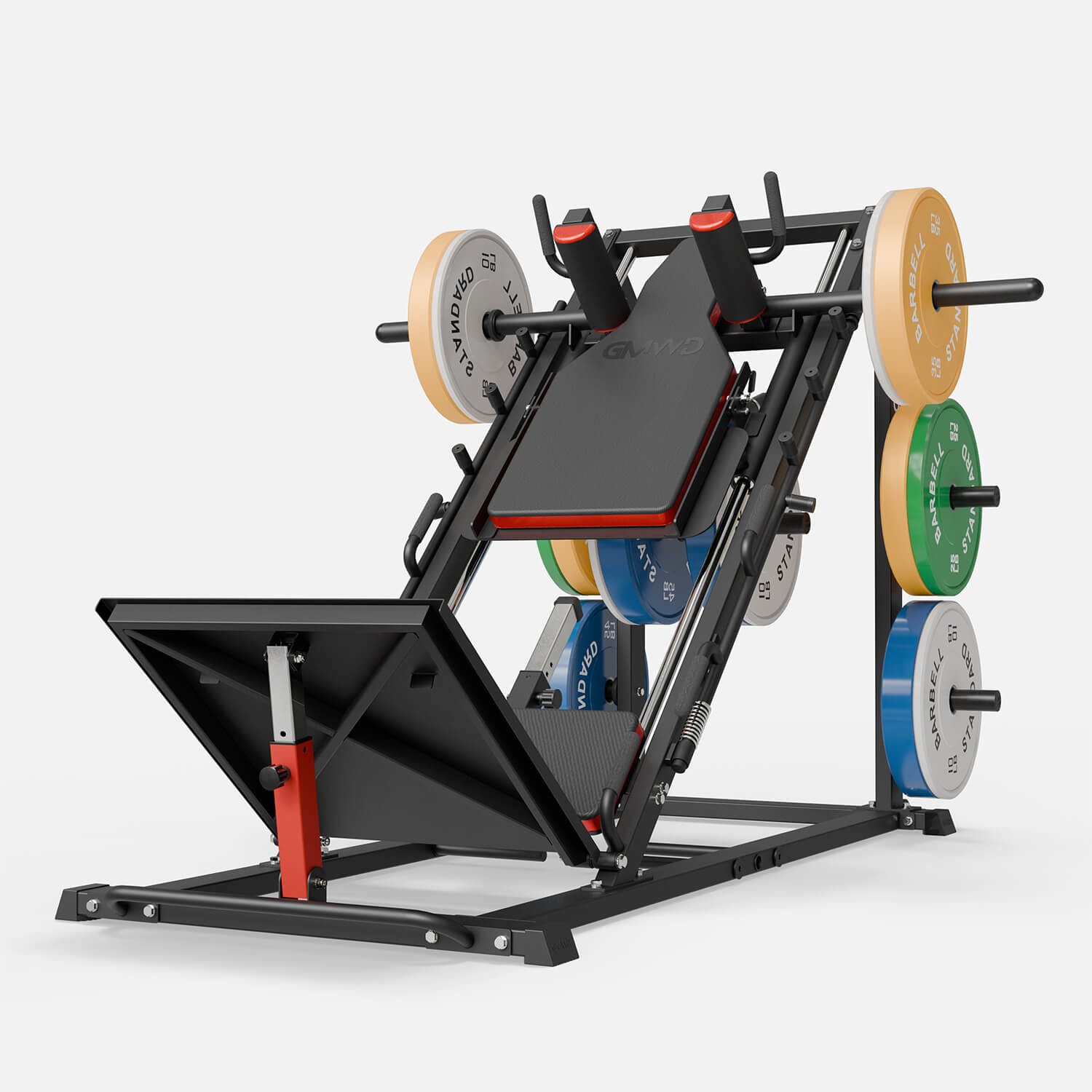
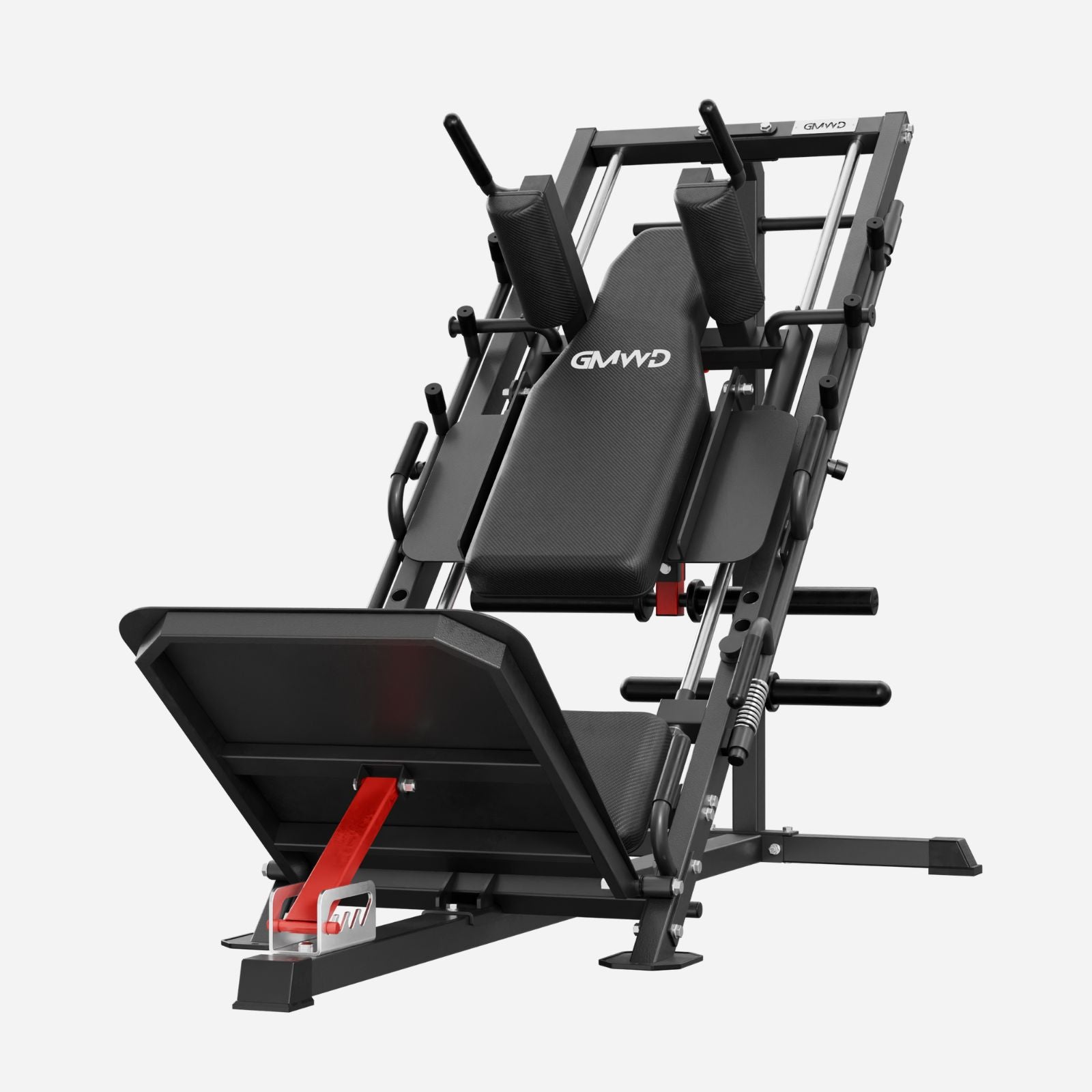
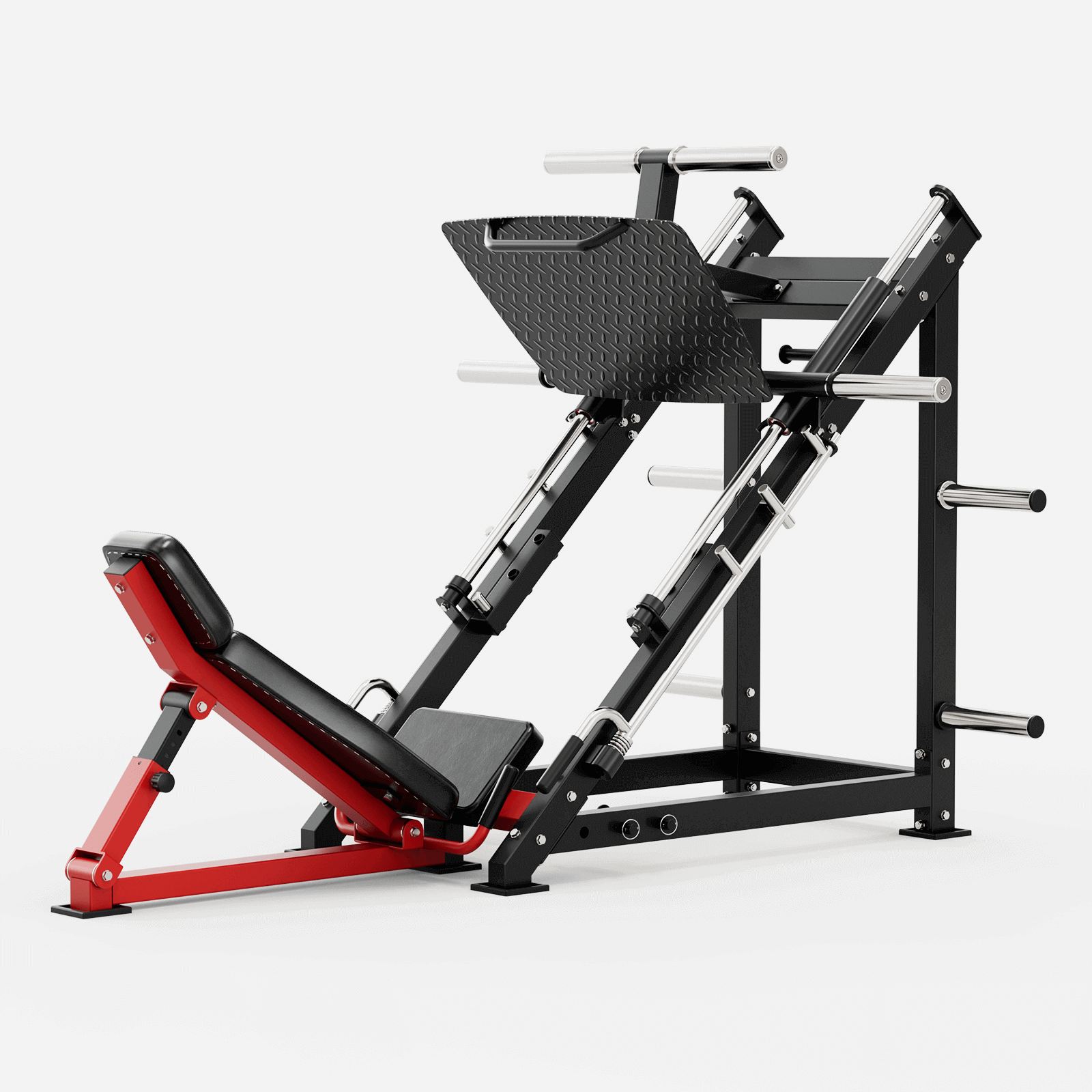
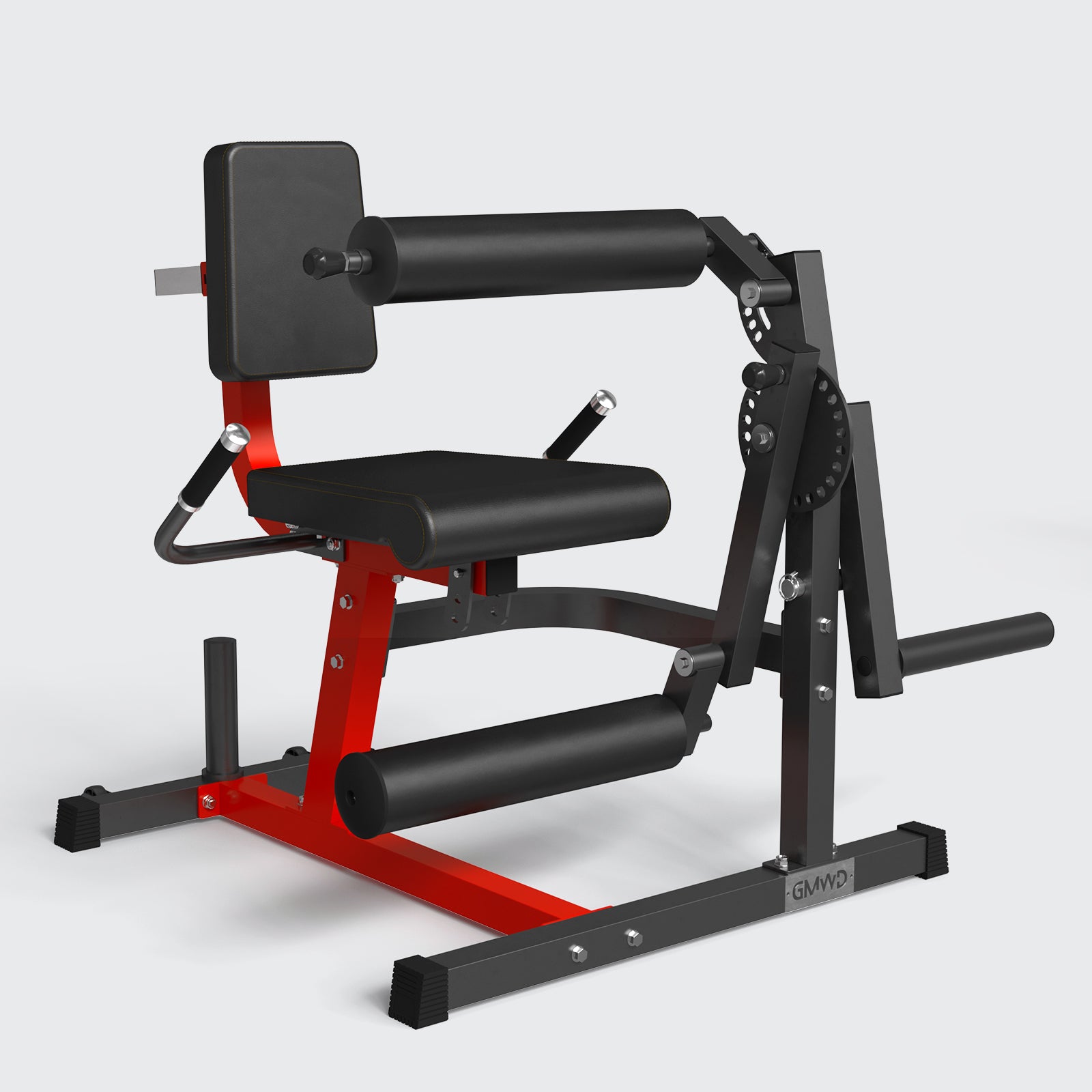
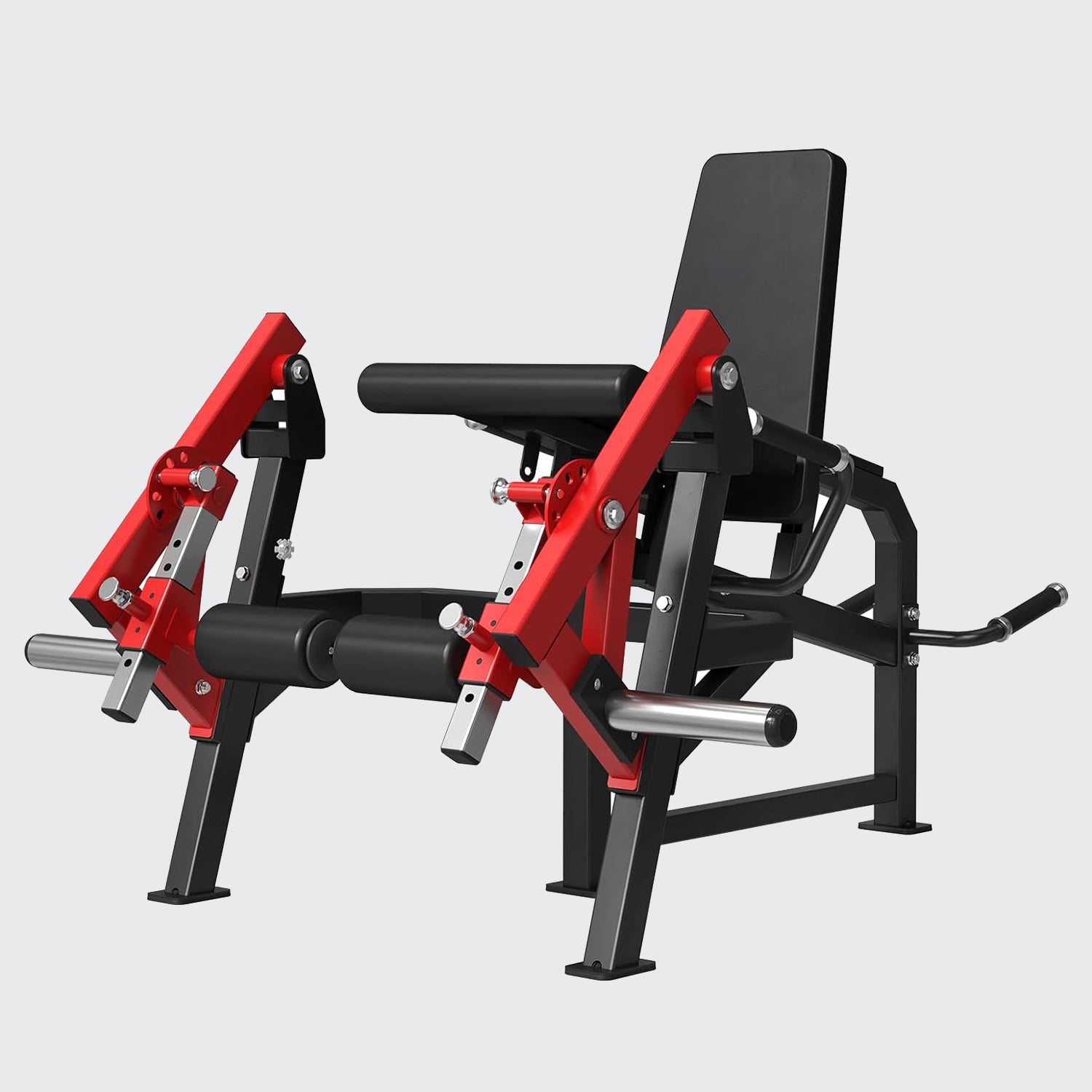
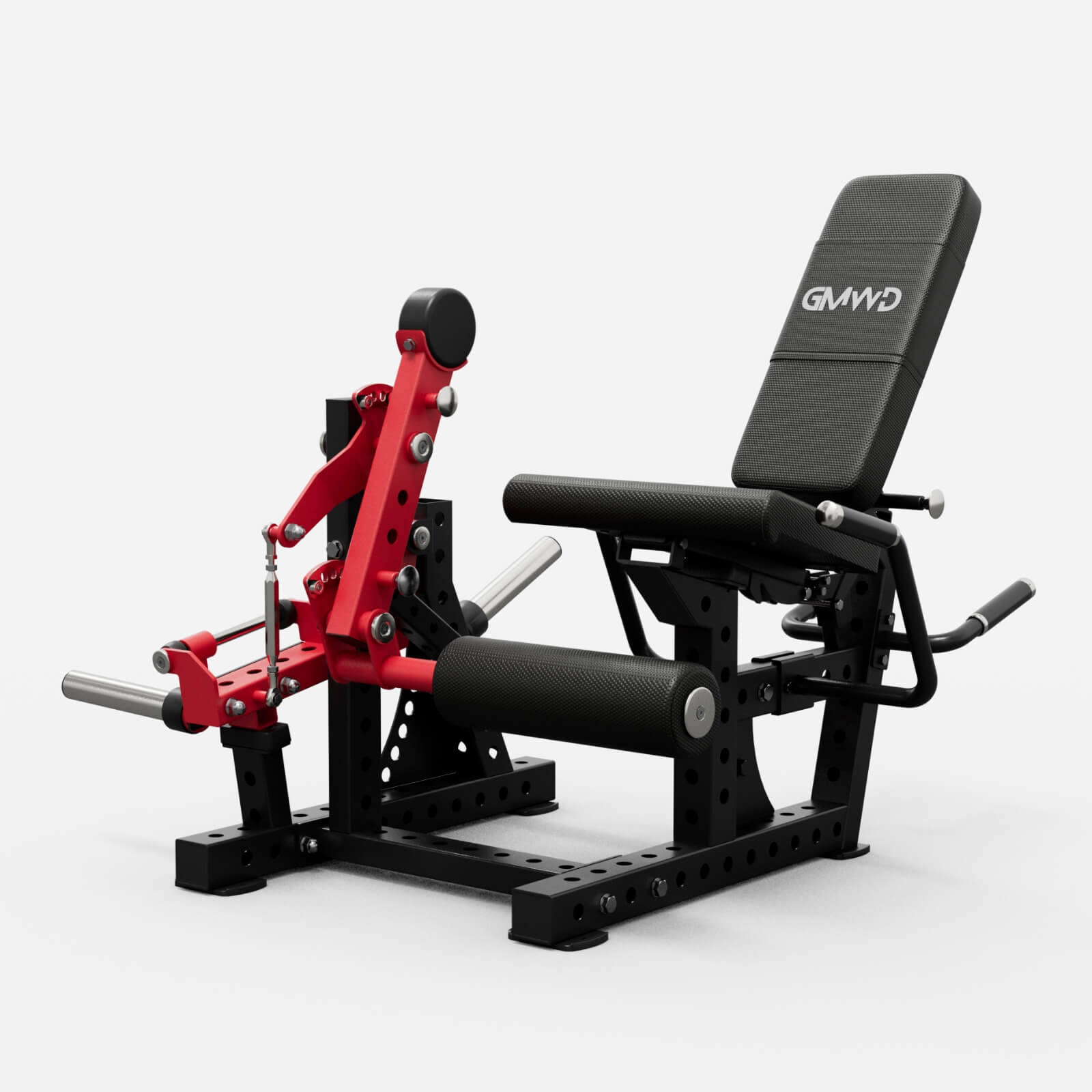
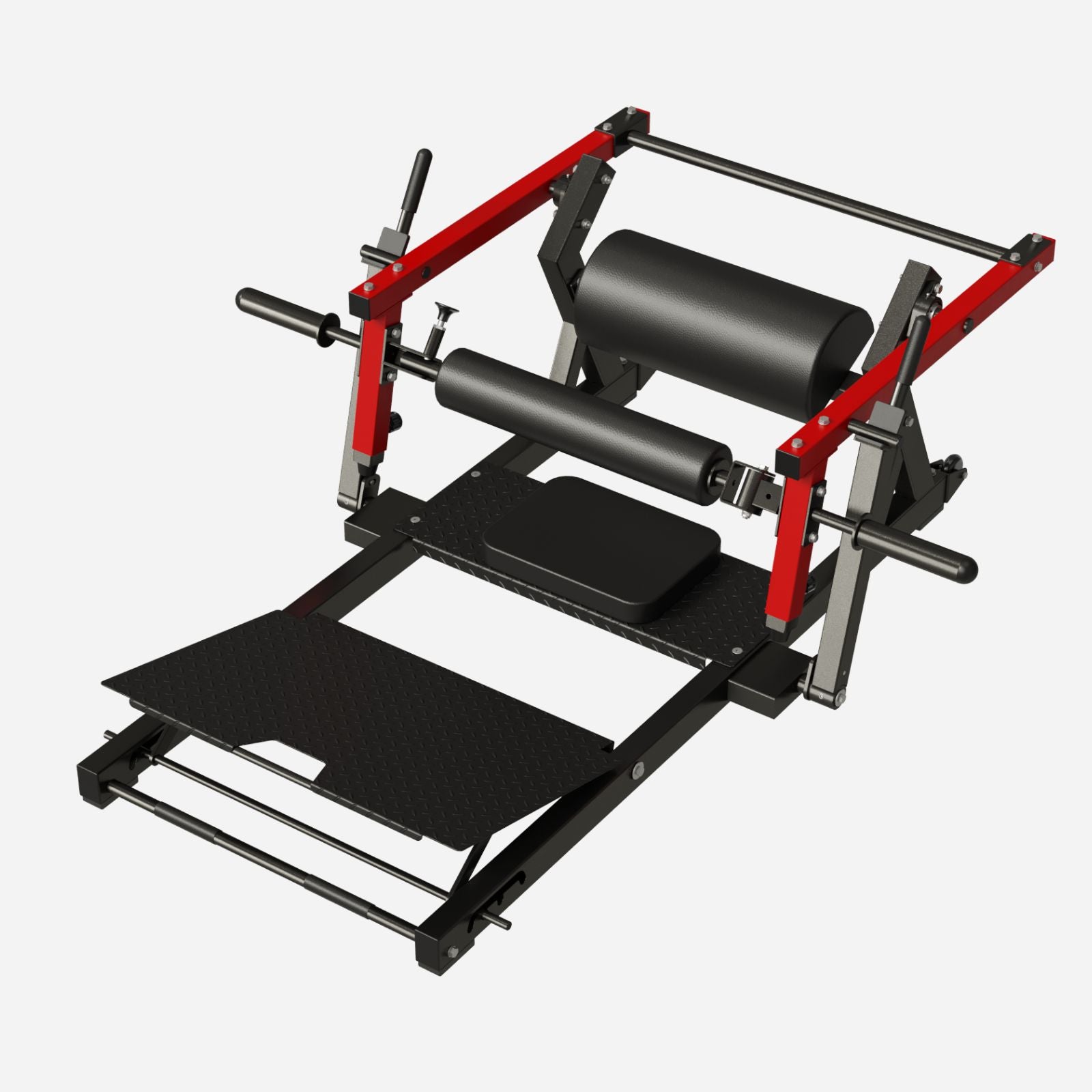

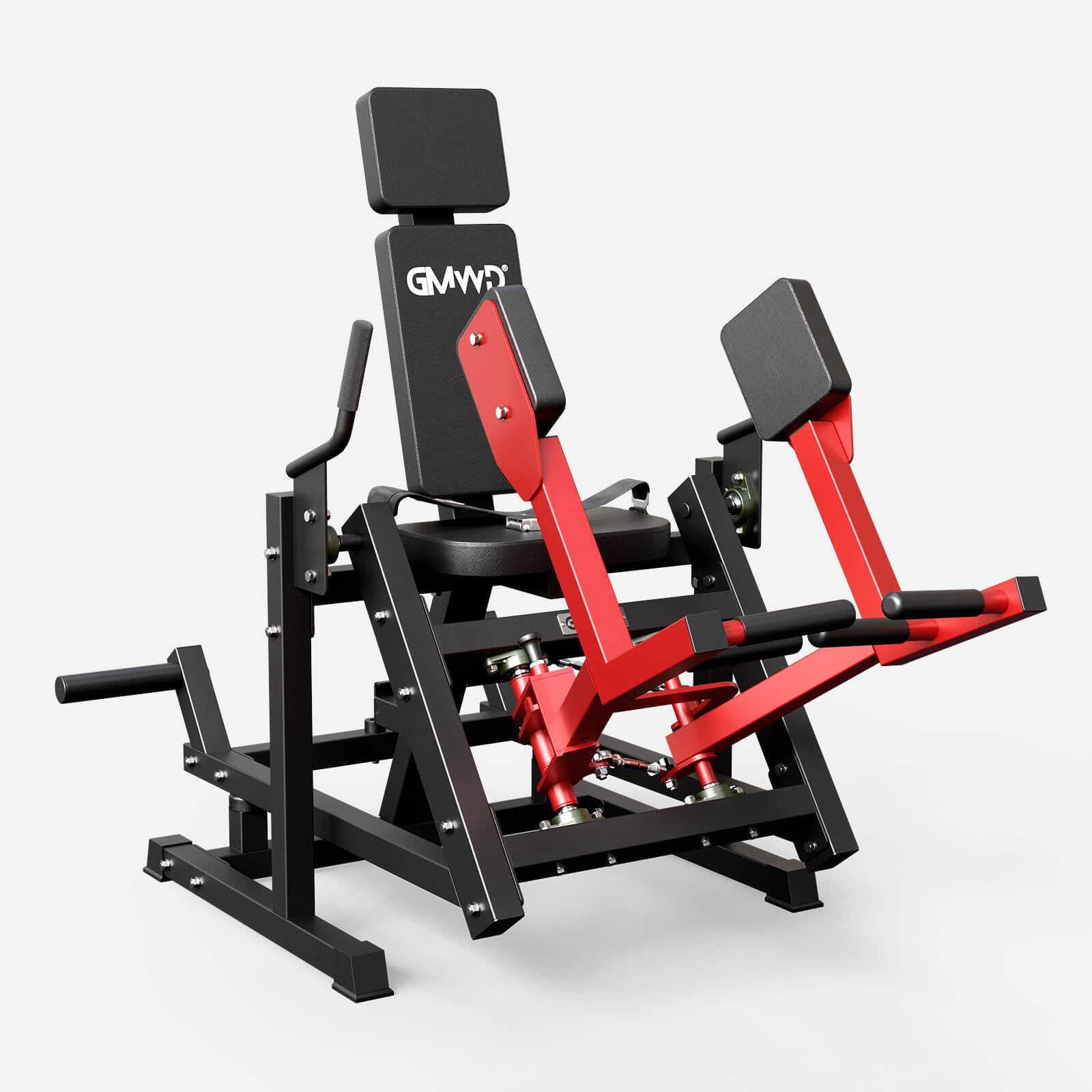
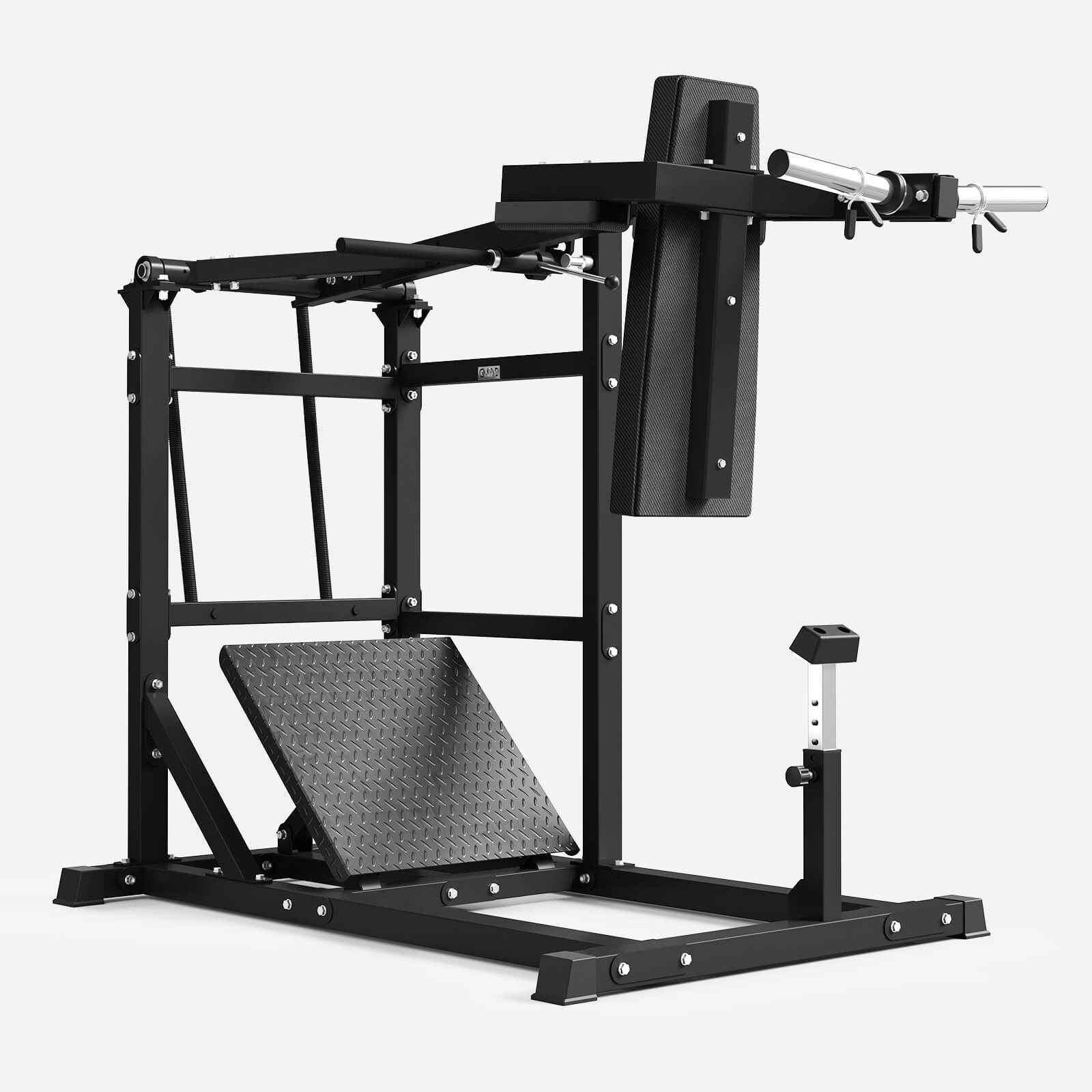
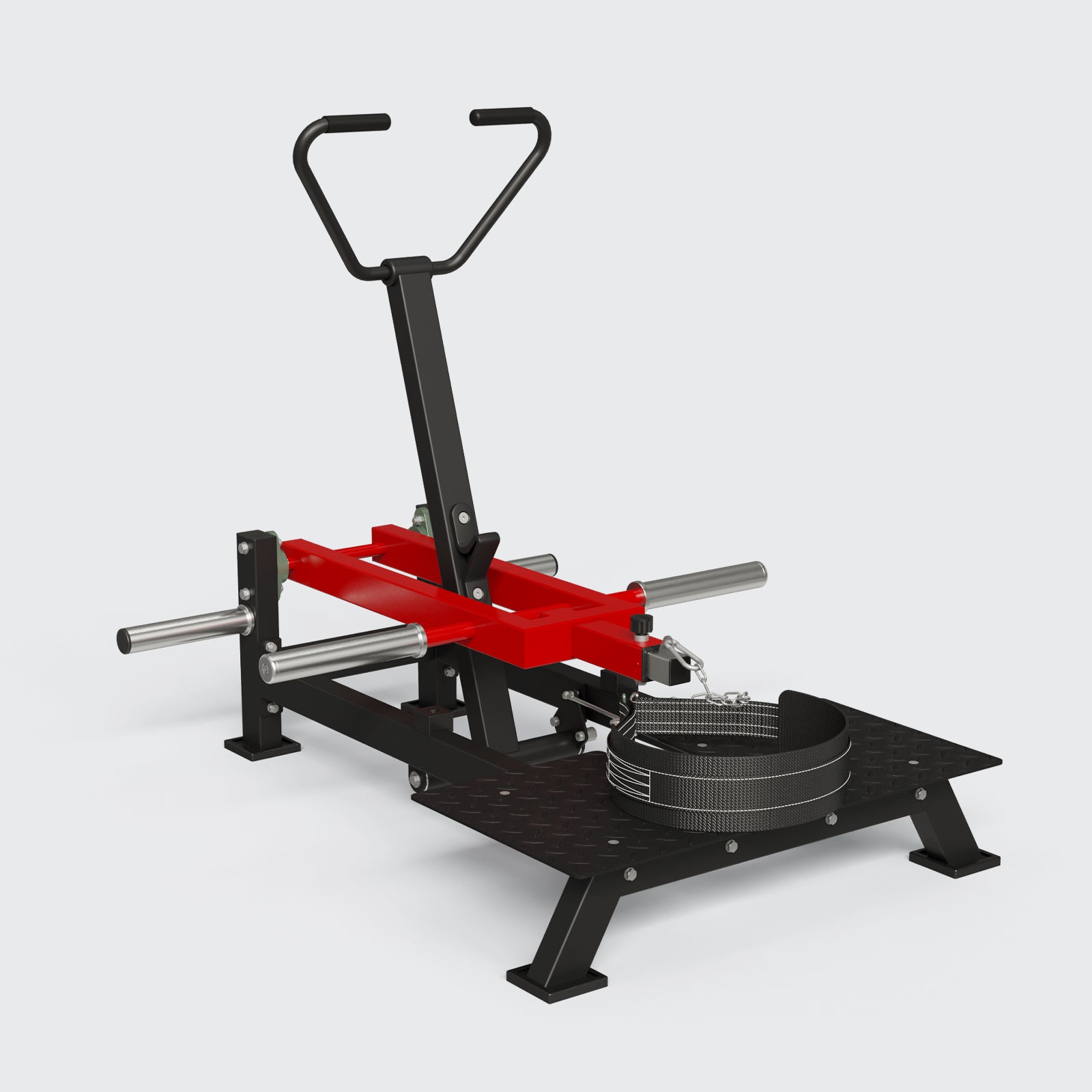
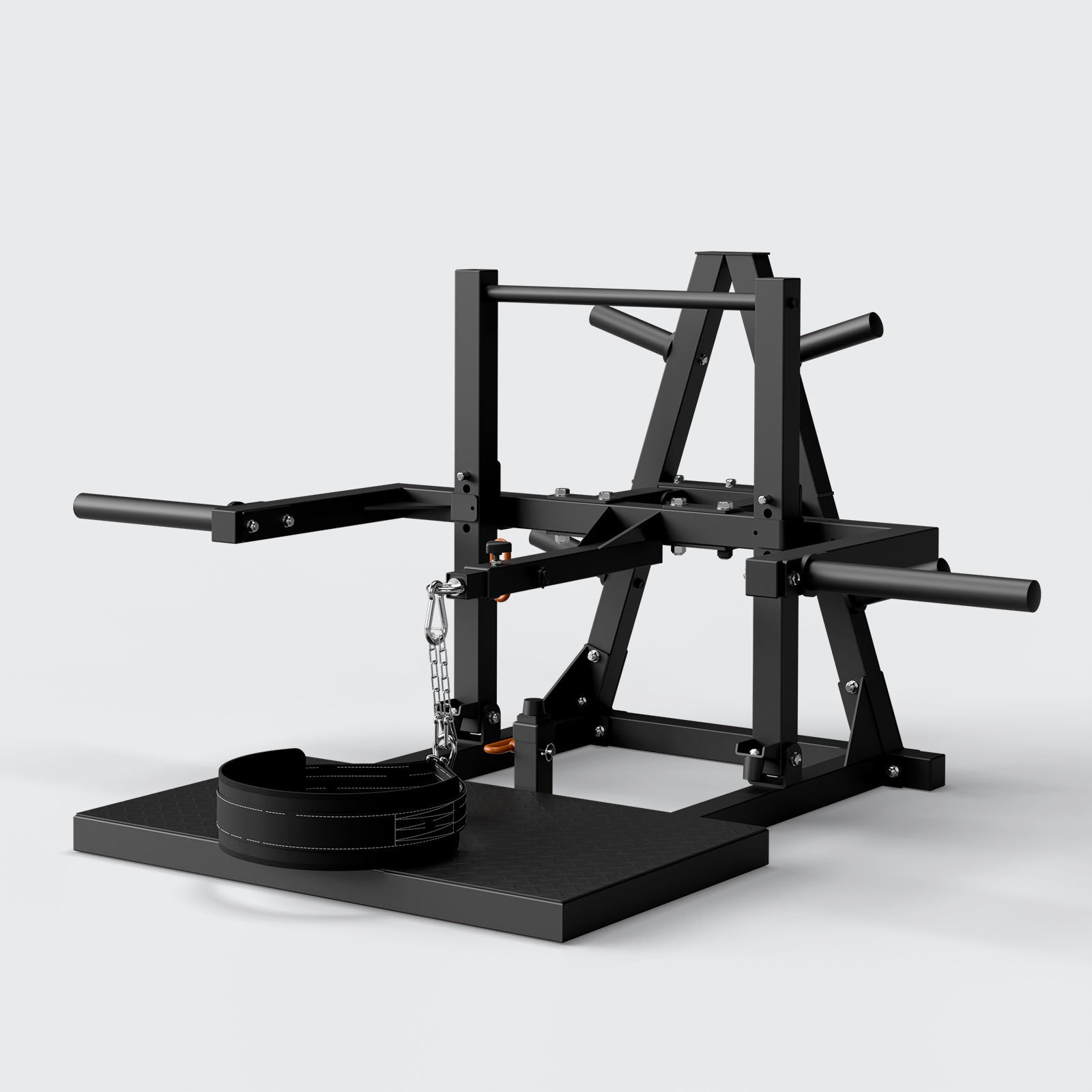

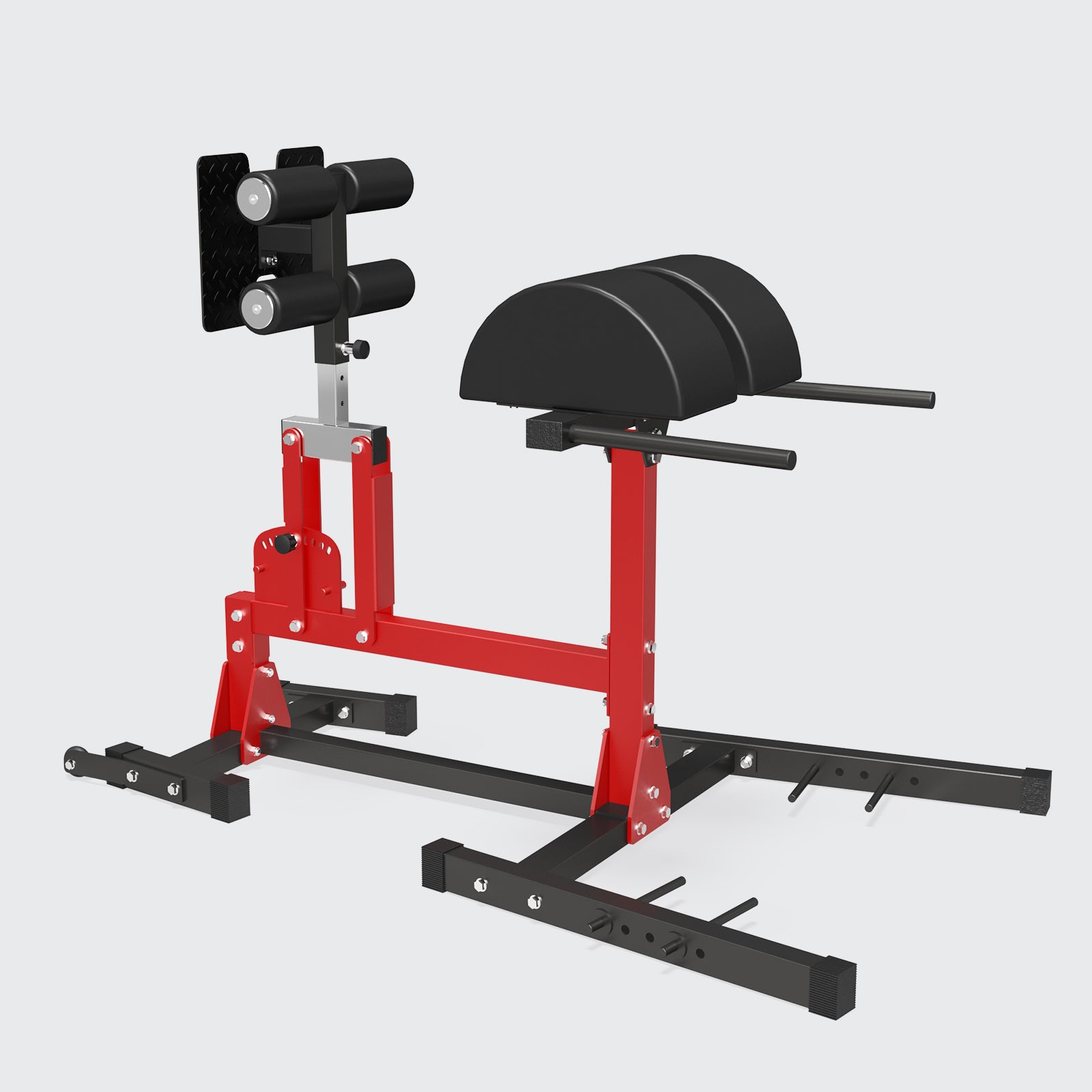
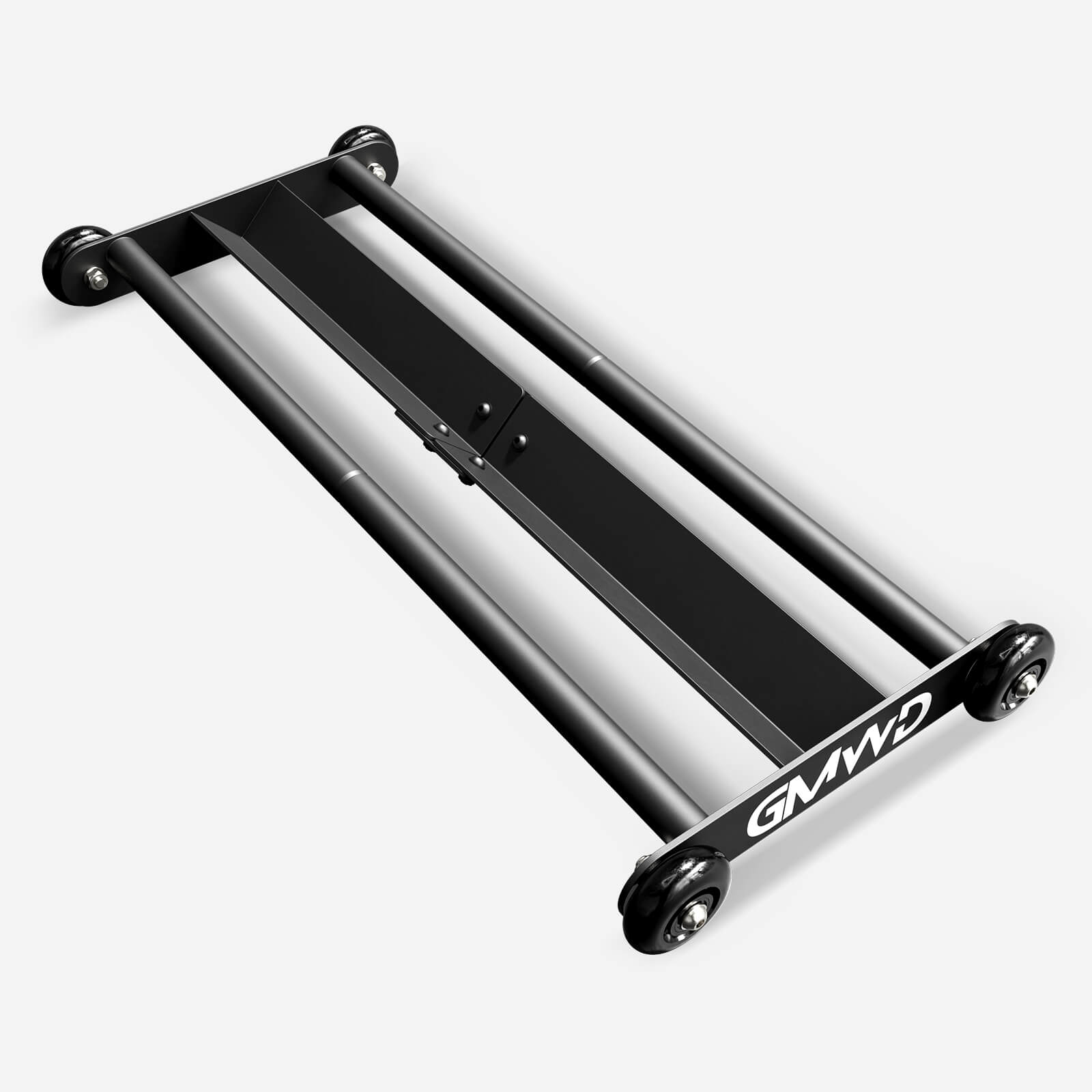
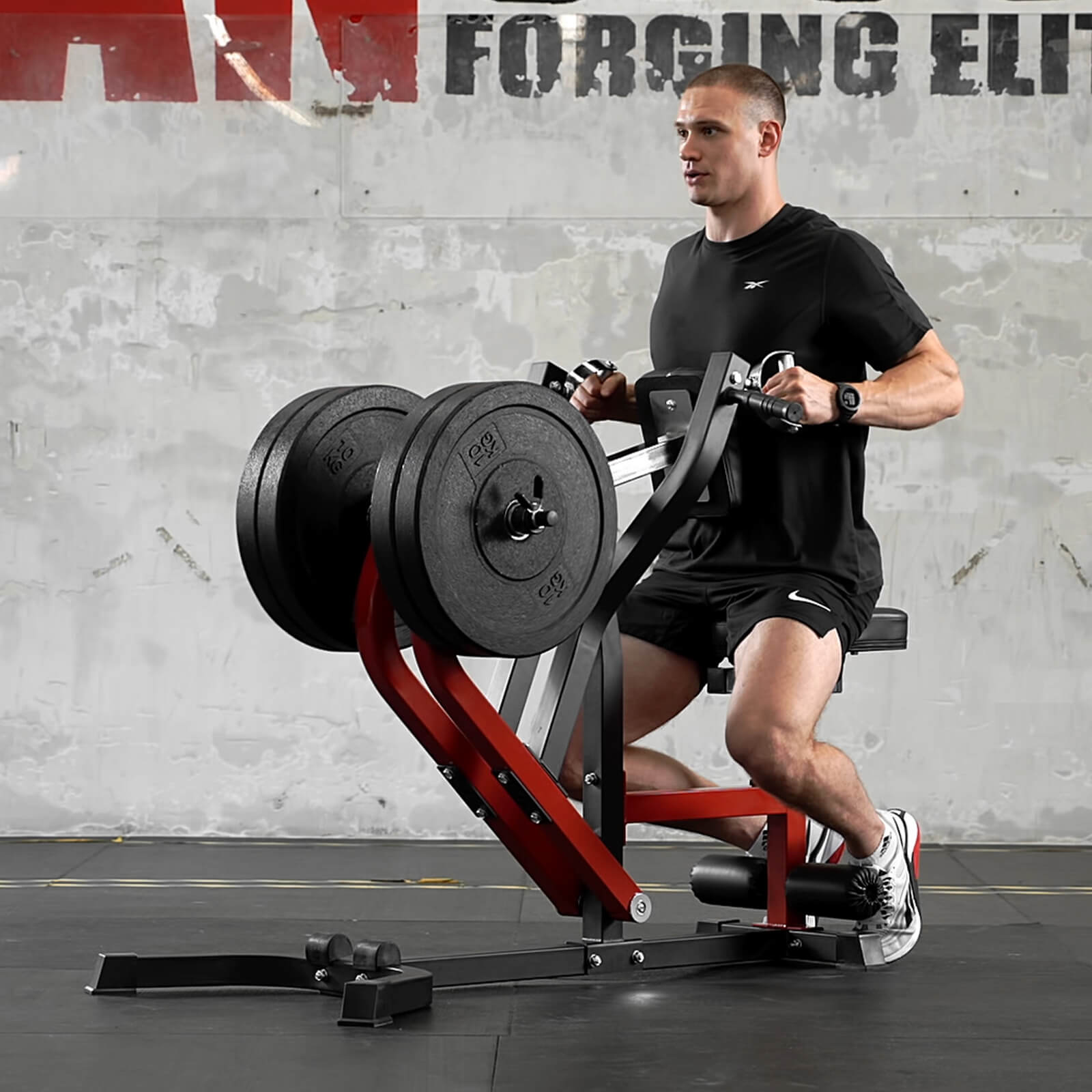
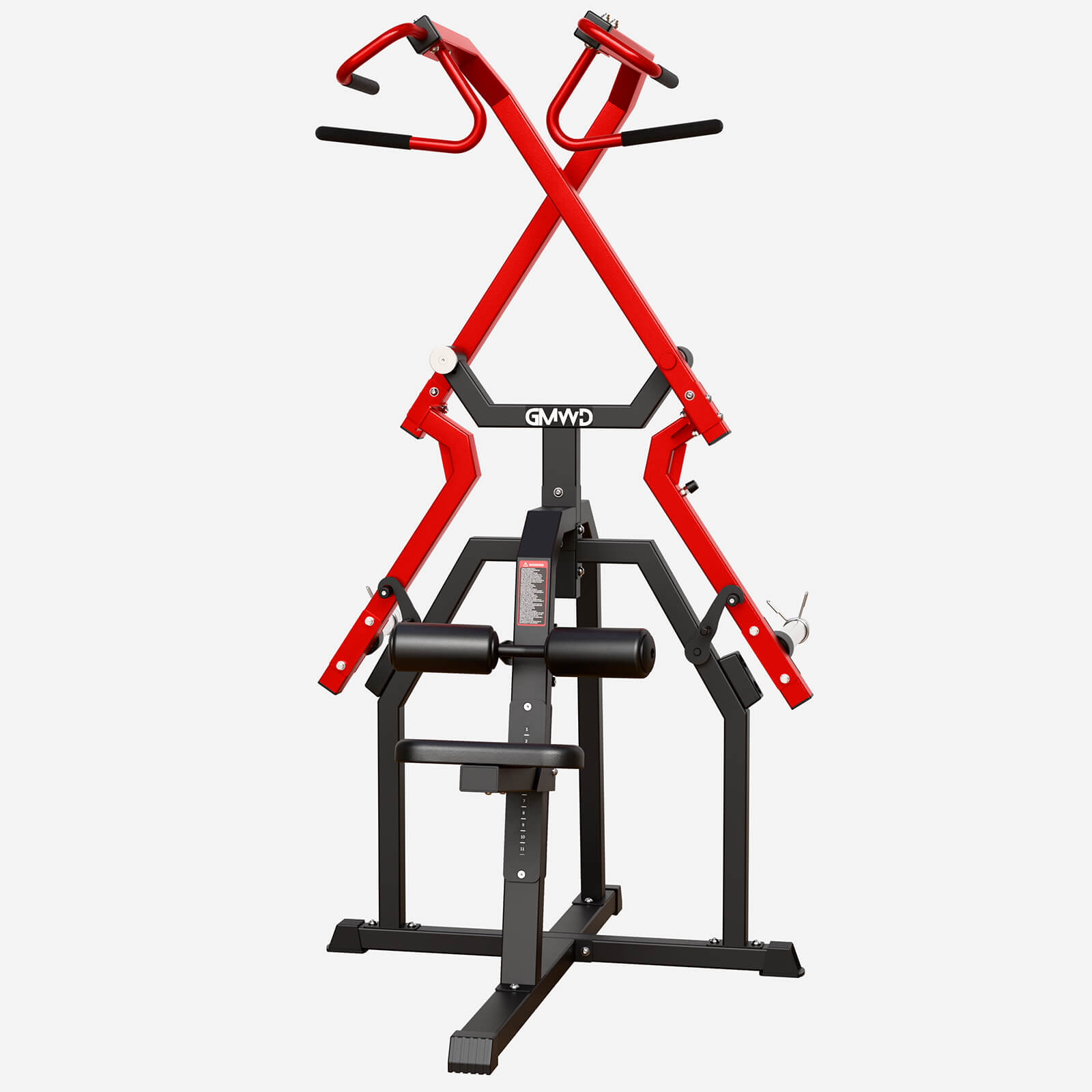
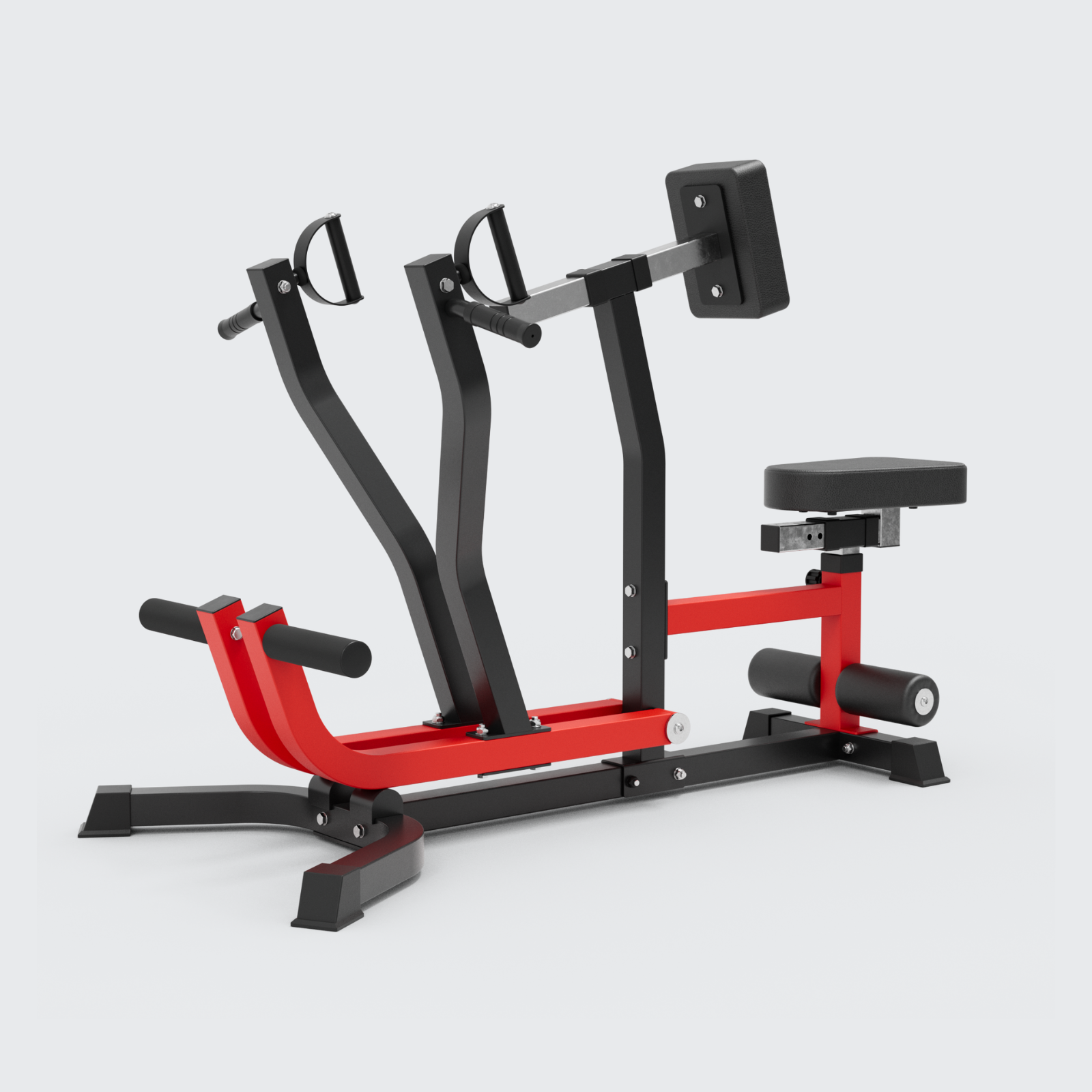
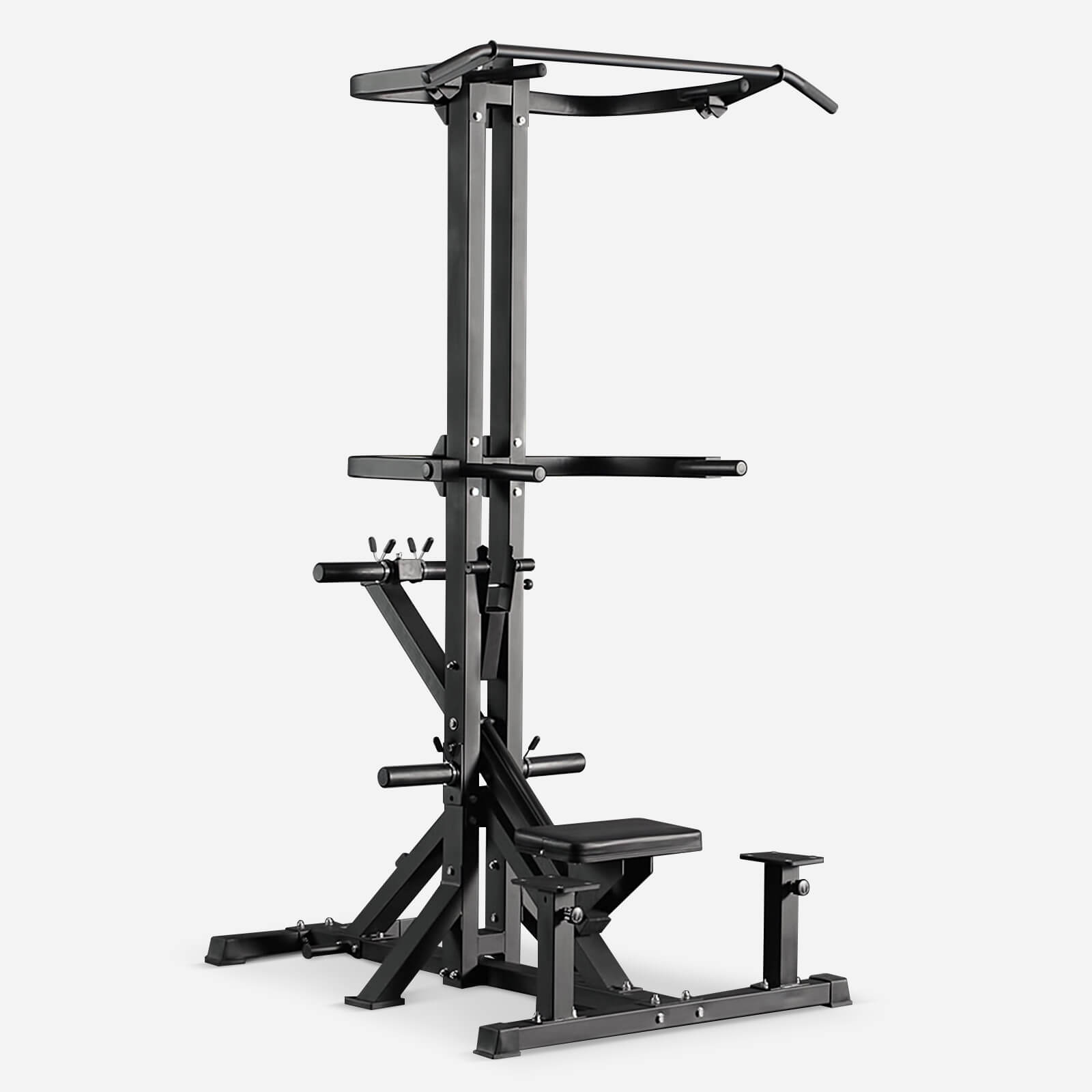

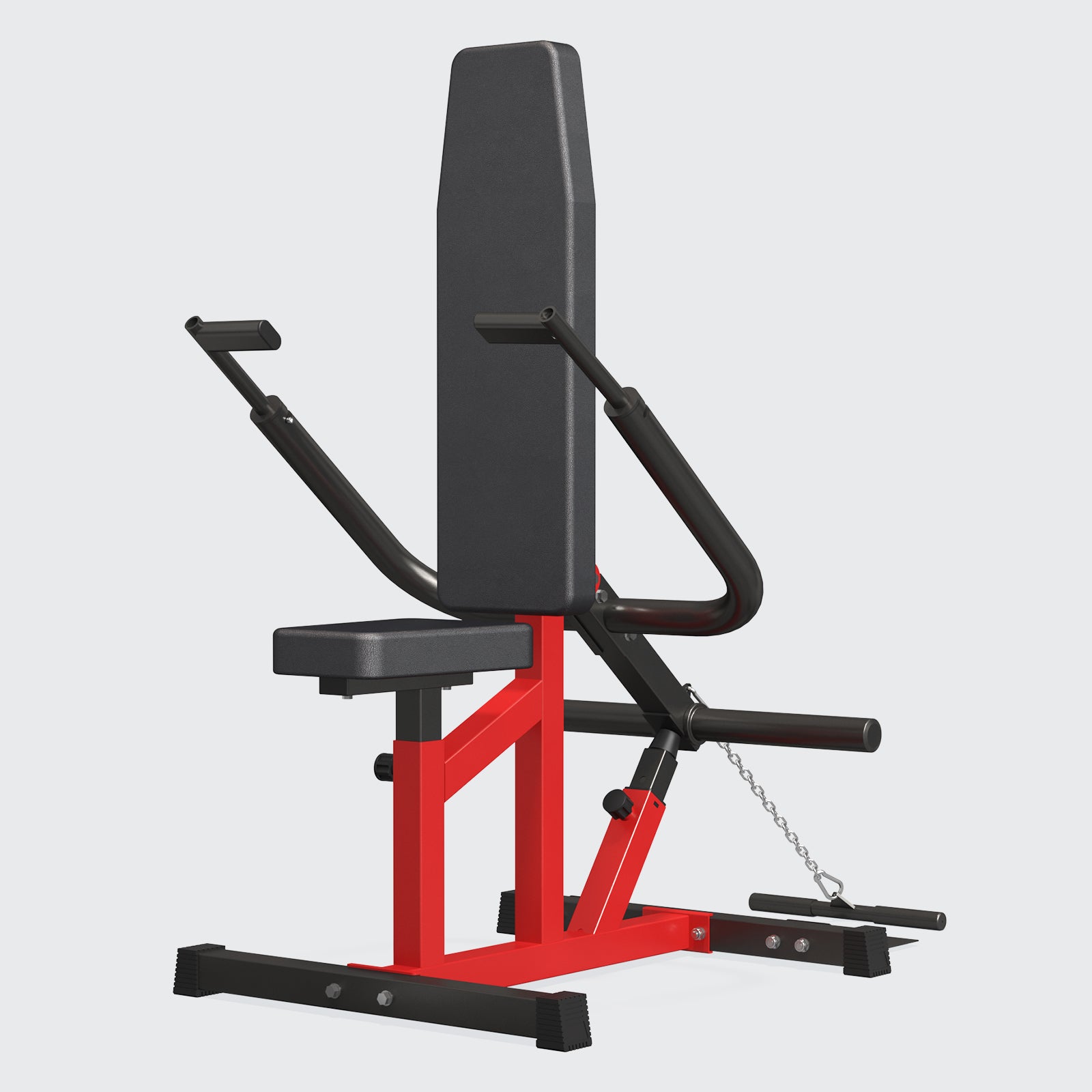
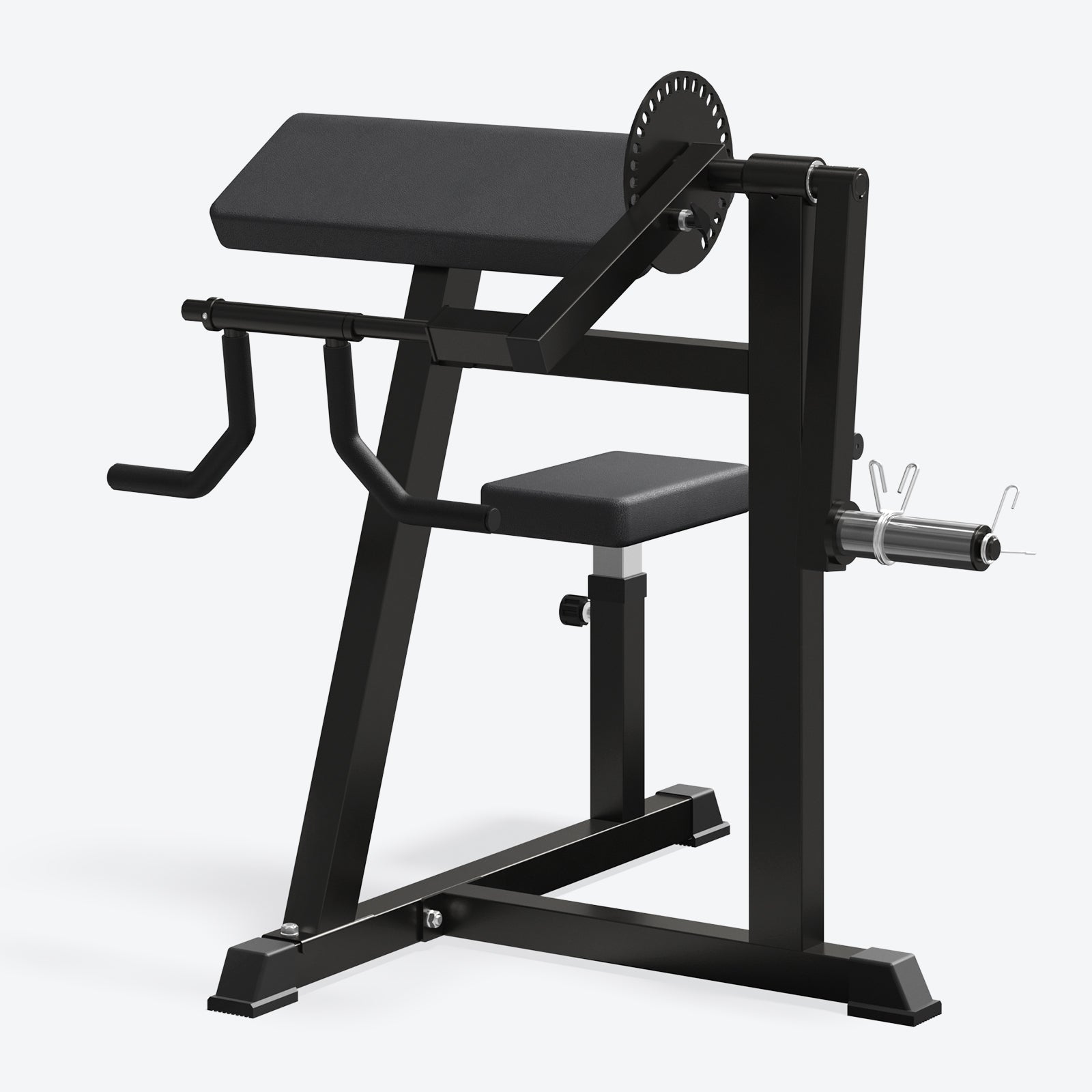
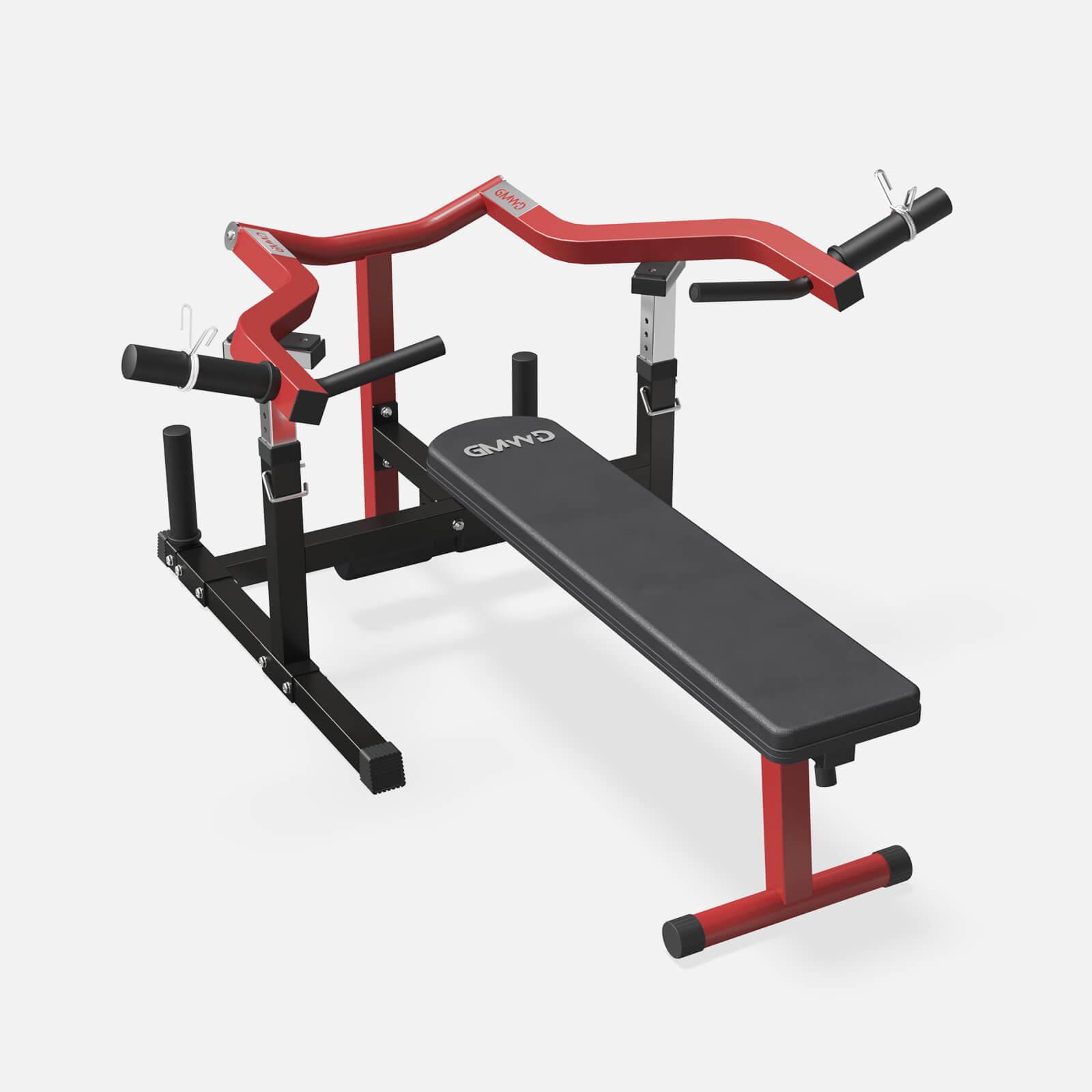
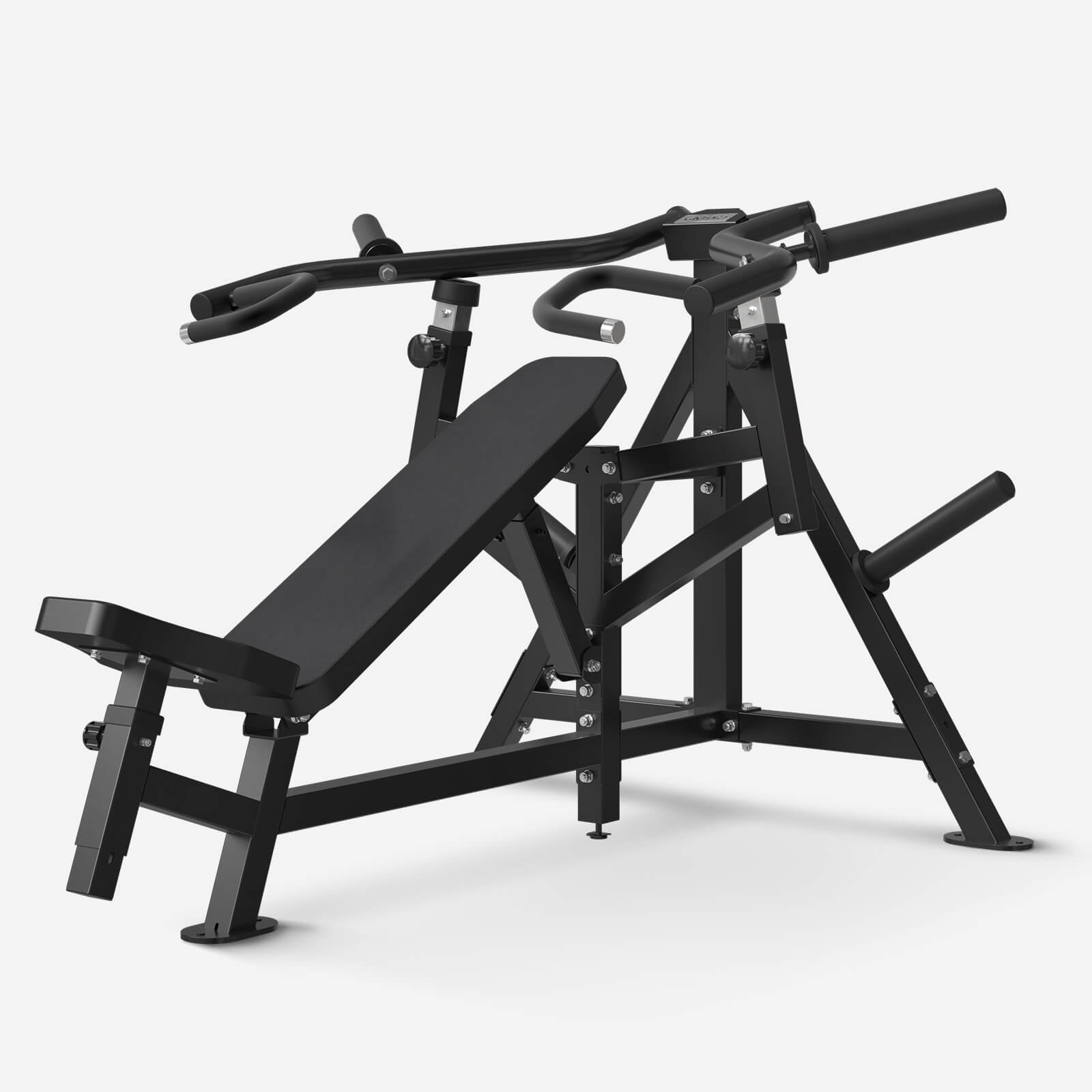
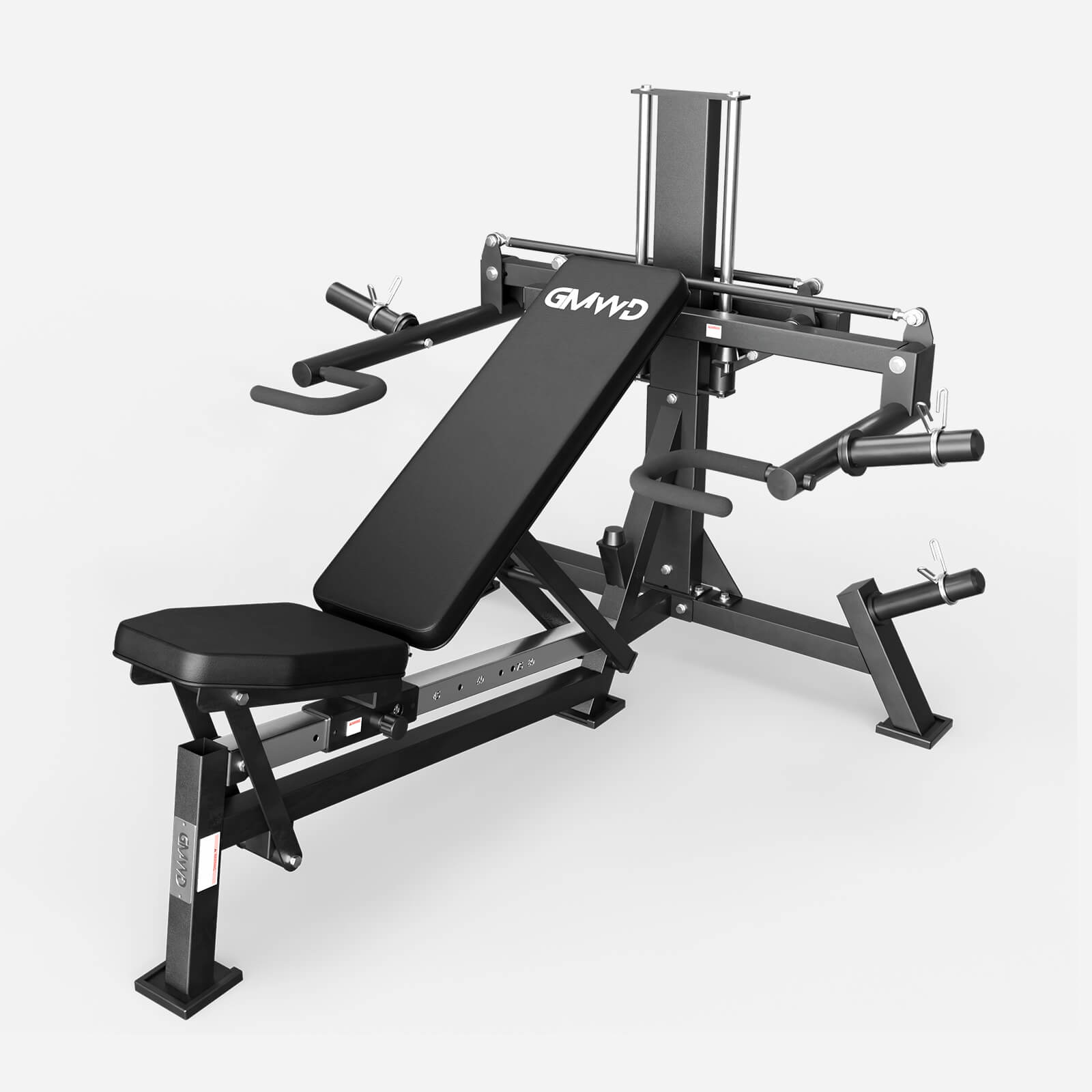
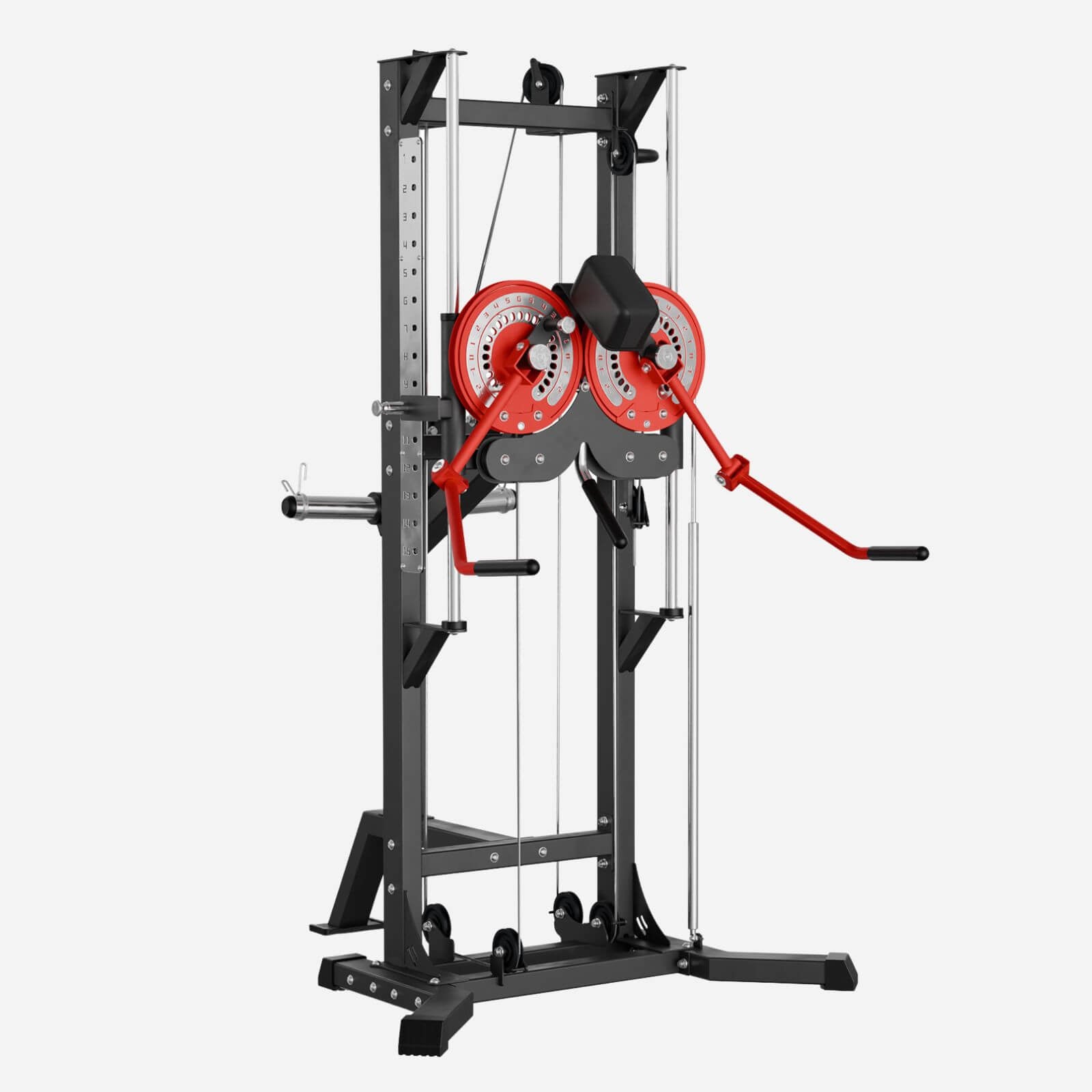
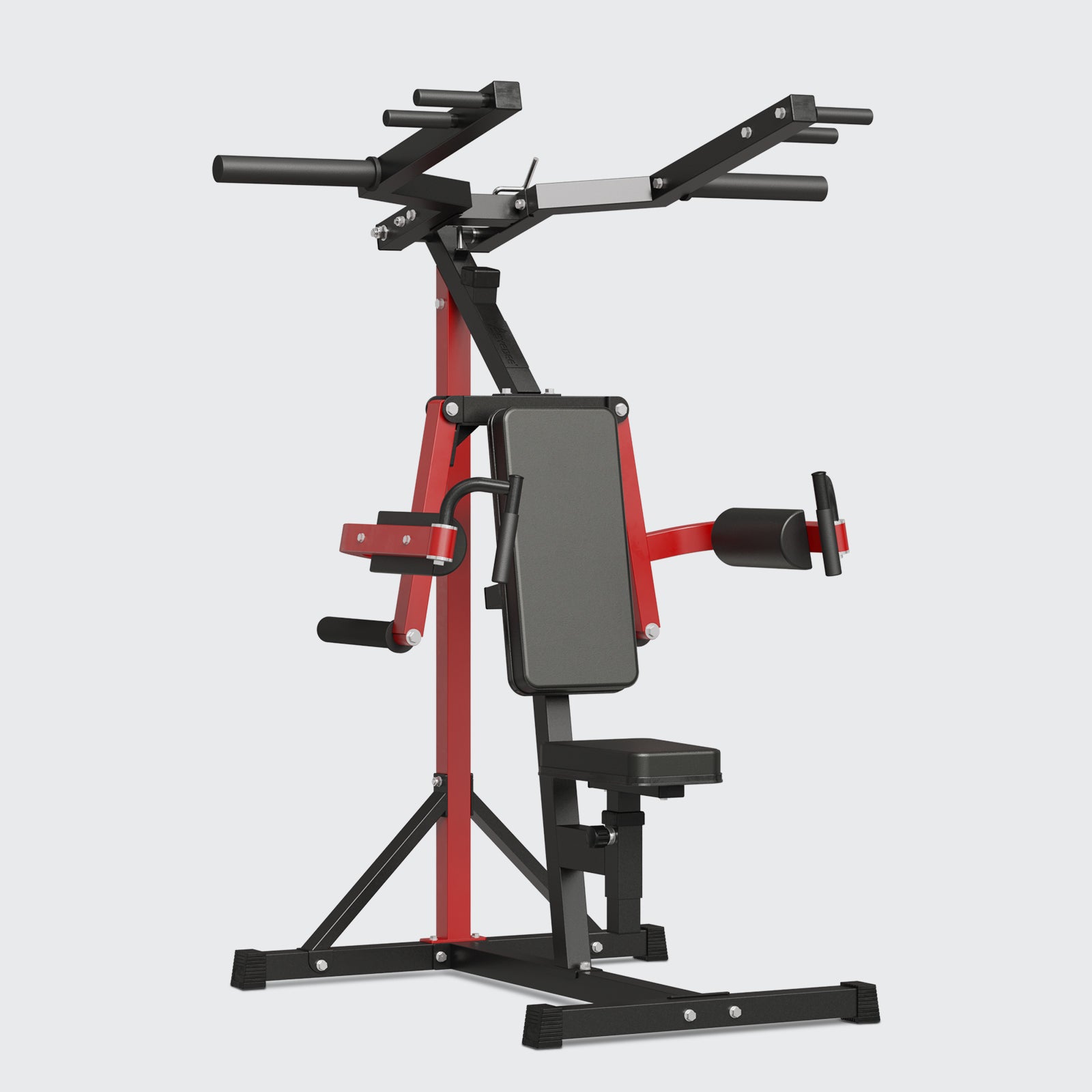
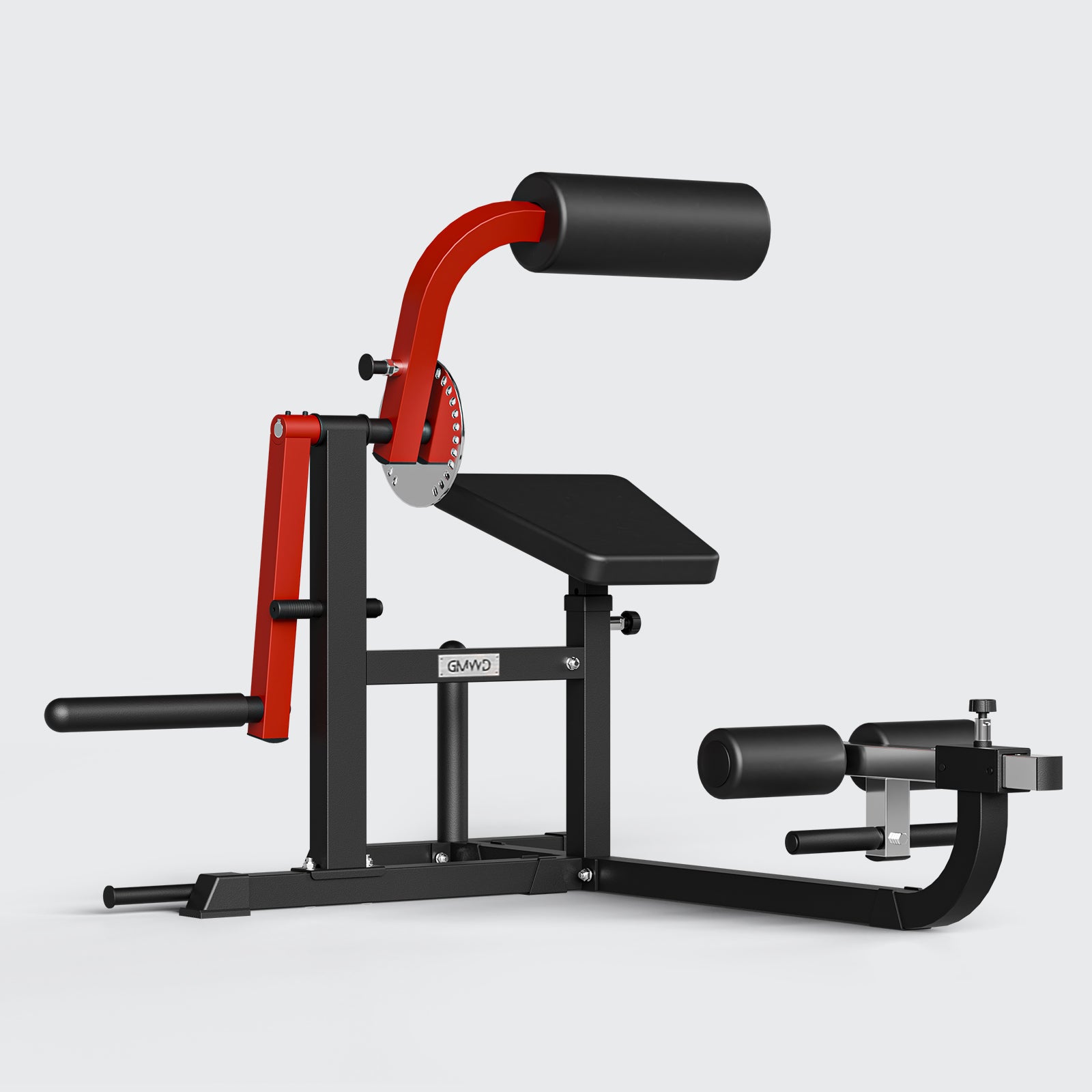
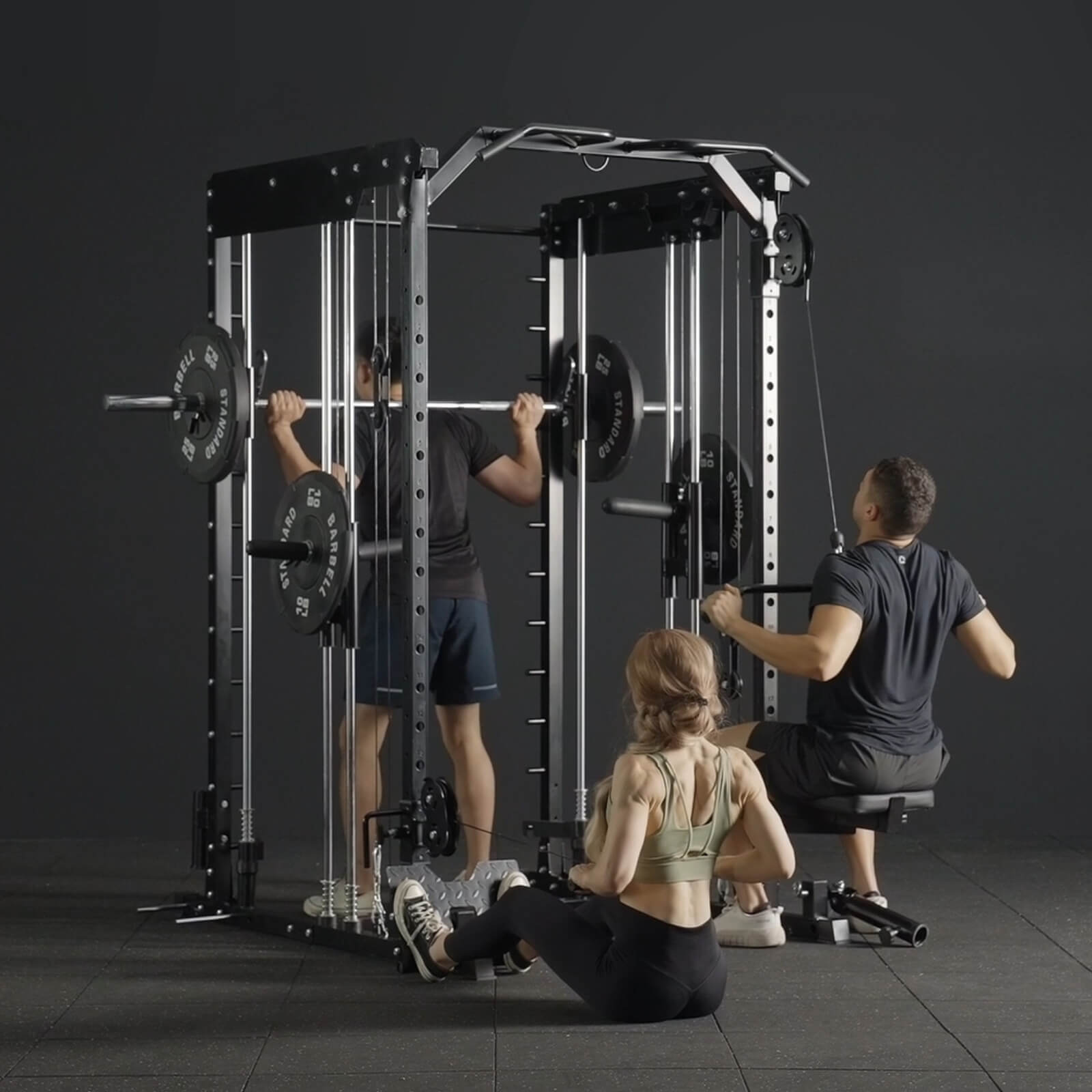

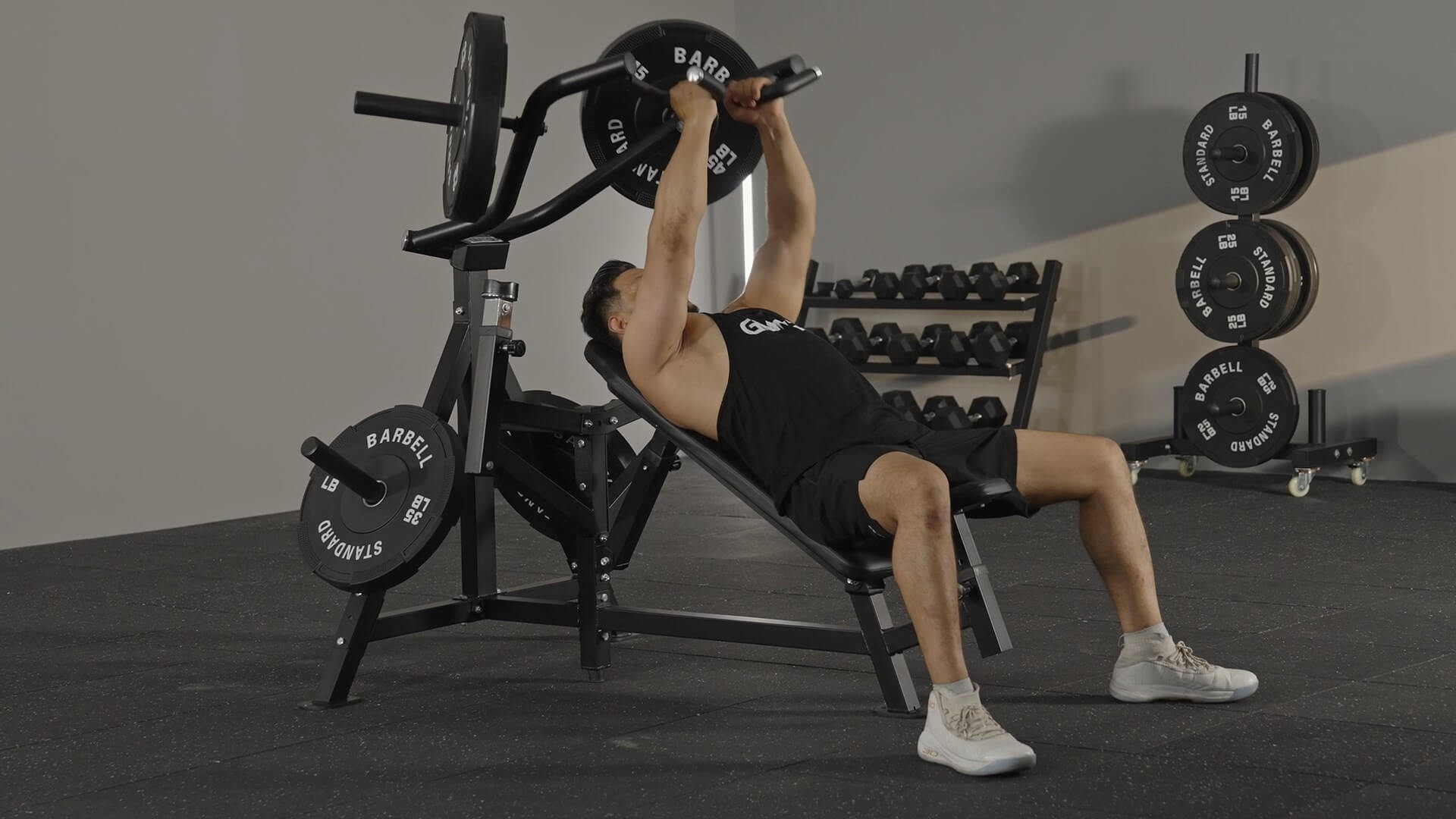
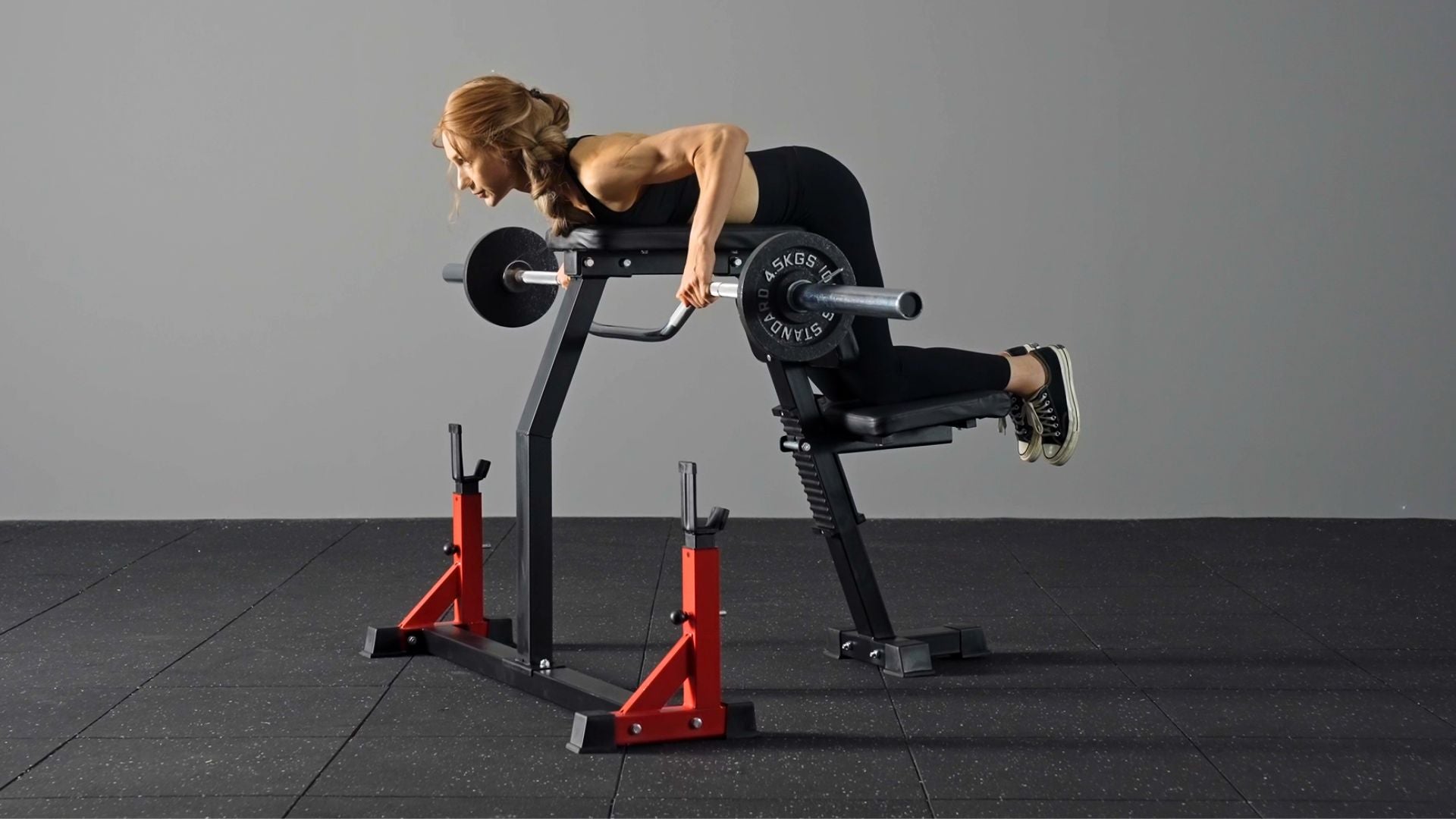
Leave a comment
All comments are moderated before being published.
This site is protected by hCaptcha and the hCaptcha Privacy Policy and Terms of Service apply.